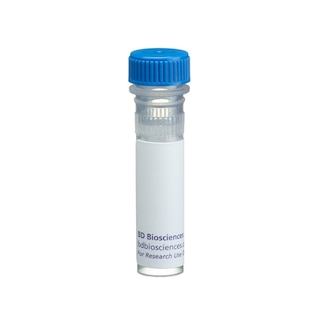-
Reagents
- Flow Cytometry Reagents
-
Western Blotting and Molecular Reagents
- Immunoassay Reagents
-
Single-Cell Multiomics Reagents
- BD® OMICS-Guard Sample Preservation Buffer
- BD® AbSeq Assay
- BD® OMICS-One Immune Profiler Protein Panel
- BD® Single-Cell Multiplexing Kit
- BD Rhapsody™ ATAC-Seq Assays
- BD Rhapsody™ Whole Transcriptome Analysis (WTA) Amplification Kit
- BD Rhapsody™ TCR/BCR Next Multiomic Assays
- BD Rhapsody™ Targeted mRNA Kits
- BD Rhapsody™ Accessory Kits
-
Functional Assays
-
Microscopy and Imaging Reagents
-
Cell Preparation and Separation Reagents
-
- BD® OMICS-Guard Sample Preservation Buffer
- BD® AbSeq Assay
- BD® OMICS-One Immune Profiler Protein Panel
- BD® Single-Cell Multiplexing Kit
- BD Rhapsody™ ATAC-Seq Assays
- BD Rhapsody™ Whole Transcriptome Analysis (WTA) Amplification Kit
- BD Rhapsody™ TCR/BCR Next Multiomic Assays
- BD Rhapsody™ Targeted mRNA Kits
- BD Rhapsody™ Accessory Kits
- United States (English)
-
Change country/language
Old Browser
This page has been recently translated and is available in French now.
Looks like you're visiting us from {countryName}.
Would you like to stay on the current country site or be switched to your country?




Western blot analysis of UBE3A on a EB-1 cell lysate (Human B lymphoblast; Burkitt's lymphoma; ATCC HTB-60). Lane 1: 1:500, lane 2: 1:1000, lane 3: 1:2000 dilution of the mouse anti- UEB3A antibody.


BD Transduction Laboratories™ Purified Mouse Anti-UBE3A

Regulatory Status Legend
Any use of products other than the permitted use without the express written authorization of Becton, Dickinson and Company is strictly prohibited.
Preparation And Storage
Recommended Assay Procedures
Western blot: Please refer to http://www.bdbiosciences.com/pharmingen/protocols/Western_Blotting.shtml
Product Notices
- Since applications vary, each investigator should titrate the reagent to obtain optimal results.
- Please refer to www.bdbiosciences.com/us/s/resources for technical protocols.
- Source of all serum proteins is from USDA inspected abattoirs located in the United States.
- Caution: Sodium azide yields highly toxic hydrazoic acid under acidic conditions. Dilute azide compounds in running water before discarding to avoid accumulation of potentially explosive deposits in plumbing.
Protein ubiquitination is the end product of a multienzyme cascade that involves sequential thiol-ester bond interactions between ubiquitin and enzymes termed E1 ubiquitin-activating enzymes, E2 ubiquitin-conjugating enzymes, and E3 ubiquitin protein ligases. UBE3A (human papilloma virus E6-associated protein; E6-AP) is an E3 ubiquitin protein ligase that is linked to the neurological disorder Angelman syndrome. It mediates the interaction of human papilloma virus types 16 and 18 E6 proteins with p53, which targets p53 to the ubiquitination-proteasome degradation pathway. The C-terminal region of UBE3A contains a hect domain, which is found in many E3 ubiquitin protein ligases, while the central region contains an E6 binding region. UBE3A is expressed in the cytoplasm and nucleus of many tissues. The interaction of UBE3A with the progesterone receptor coactivates transciptional activity of the receptor in the presence of bound hormone. Thus, UBE3A is an essential component of the ubiquitination degradation pathway and the nuclear hormone receptor signal transduction pathways.
This antibody is routinely tested by western blot analysis. Other applications were tested at BD Biosciences Pharmingen during antibody development only or reported in the literature.
Development References (2)
-
Matsuura T, Sutcliffe JS, Fang P. De novo truncating mutations in E6-AP ubiquitin-protein ligase gene (UBE3A) in Angelman syndrome. Nat Genet. 1997; 15(1):74-77. (Biology). View Reference
-
Nawaz Z, Lonard DM, Smith CL. The Angelman syndrome-associated protein, E6-AP, is a coactivator for the nuclear hormone receptor superfamily. Mol Biol Cell. 1999; 19(2):1182-1189. (Biology). View Reference
Please refer to Support Documents for Quality Certificates
Global - Refer to manufacturer's instructions for use and related User Manuals and Technical data sheets before using this products as described
Comparisons, where applicable, are made against older BD Technology, manual methods or are general performance claims. Comparisons are not made against non-BD technologies, unless otherwise noted.
For Research Use Only. Not for use in diagnostic or therapeutic procedures.
